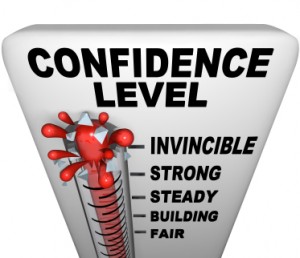
Should trainers and presenters strive to be more entertaining? It depends on what drives you.
Enthusiasm or Entertainment?
Enthusiasm is about expressing your passion for the subject. You ignite participants through showing your own zest. You may even experiment by doing things outside of your comfort zone in order to pass on your excitement.
Entertainment is all about you. Do you want the participants to like you? Can you make them laugh? Do you treasure the feeling that you are “wowing” them with your personality and/or skills? Do you want to be remembered as a great performer?
Three Tips to Spark Your Own Enthusiasm
Many, but not all, trainers and presenters show a preference for modeling authentic enthusiasm over simply providing entertainment. With that in mind, here’s how to pump your enthusiasm when you train or present.
Be Authentic, But Be “Bigger”
Tie in pieces of your personality while pumping up your personal energy. Don’t just use your head, use your entire body when you present. (Read “Speaker Energy: Make it Work For You” for tips.)
Re-Discover Your Own Compelling Reasons
Why are you teaching or presenting? Create your own definition of success for what you do.
Forget Baseball, Play Frisbee Instead
Don’t just pitch your content to students. Instead, create a reciprocal energy flow. Toss out “Frisbees” of content, and then encourage participants to do so as well–not only back to you, but also to each other.
Concentrate on the Intrigue of Your Subject Matter
As a trainer, presenter or facilitator, your enthusiasm motivates participants. Their energy rises to meet yours. Your session is memorable…authentically.


 My grandma was “word-clever” almost until the day she died. I especially remember her corny puns and plays on words, which made me both laugh and groan. Researchers Alan Seidman, of Johnson and Wales University, and Stephen C. Brown, of the University of Alaska, say “Puns are a humorous way to get adult learners to think more critically about any subject.”
My grandma was “word-clever” almost until the day she died. I especially remember her corny puns and plays on words, which made me both laugh and groan. Researchers Alan Seidman, of Johnson and Wales University, and Stephen C. Brown, of the University of Alaska, say “Puns are a humorous way to get adult learners to think more critically about any subject.”
